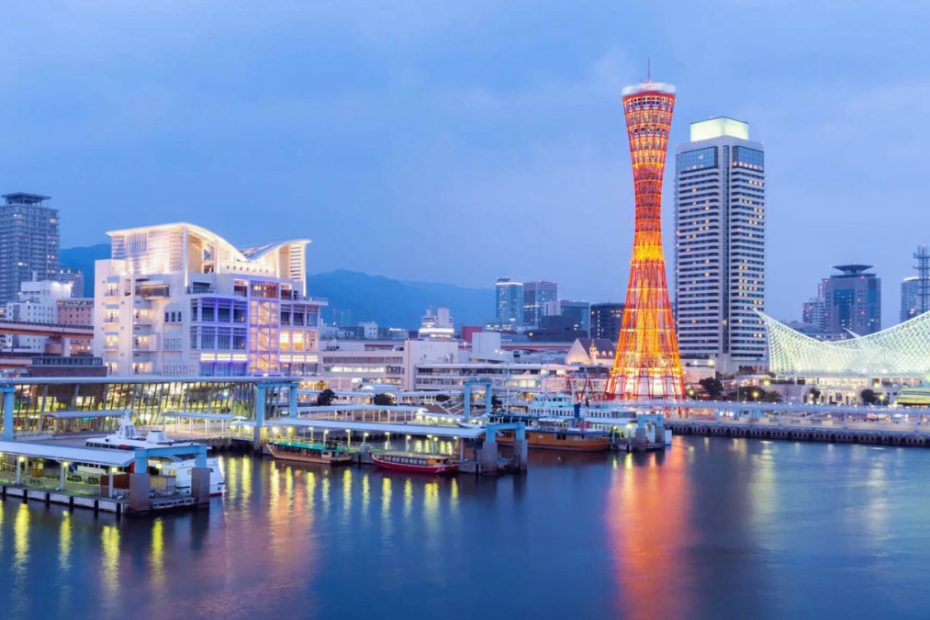Planning a trip to Japan can be both exhilarating and overwhelming. With its blend of ancient traditions and cutting-edge technology, Japan offers a unique experience that’s hard to find anywhere else. Whether you’re a first-time visitor or a seasoned traveler, an 8-day itinerary provides the perfect balance to explore the country’s rich culture, stunning landscapes, and delicious cuisine.
Key Takeaways
- Cultural Experiences: Japan offers a blend of ancient traditions and modern attractions, from Kyoto’s historic temples to Tokyo’s vibrant neighborhoods like Shibuya and Harajuku.
- Natural Beauty: Marvel at iconic landmarks like Mount Fuji, the picturesque cherry blossom festivals, and tranquil gardens such as Kenrokuen.
- Food Adventure: Savor a diverse range of Japanese cuisine including sushi in Tokyo, street food in Osaka, and traditional kaiseki dining in Kyoto.
- Efficient Transportation: Utilize Japan’s efficient transport system, particularly the Shinkansen and an 8-day Japan Rail Pass for seamless travel between cities.
- Safety and Technology: Enjoy a worry-free trip in Japan’s safe environment while exploring high-tech wonders in cities like Tokyo and Osaka.
- Unique Shopping and Etiquette: Experience diverse shopping opportunities and rich cultural etiquette, enhancing your travel experience and interactions with locals.
Why Choose Japan for an 8-Day Trip
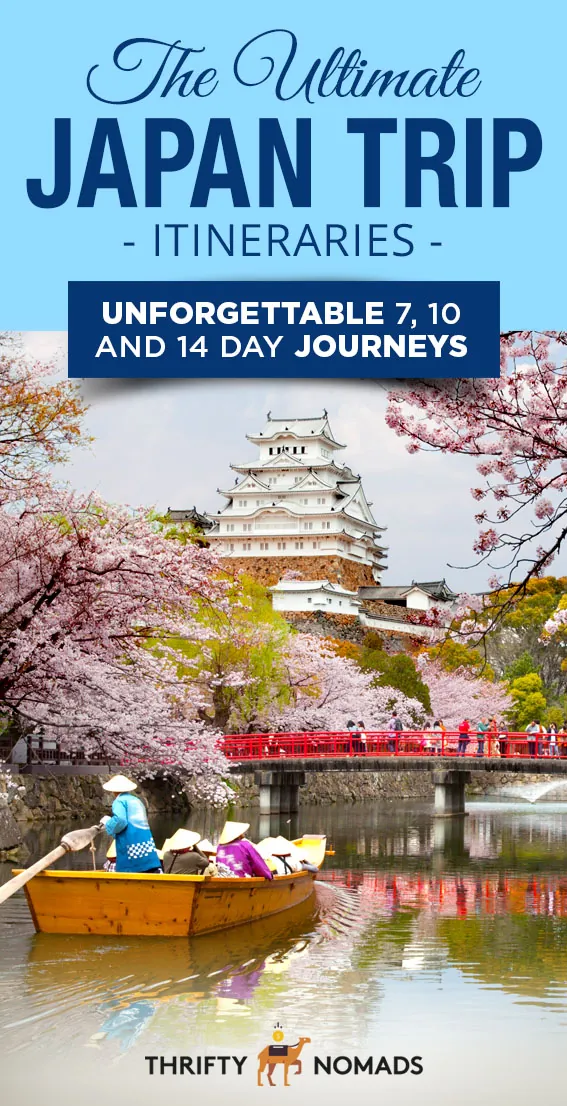
Cultural Experiences
Japan offers a captivating combination of tradition and modernity. Explore ancient temples like Kyoto’s Kinkaku-ji and discover the tranquility of shrines such as Meiji Jingu in Tokyo. These locations provide insight into Japan’s rich spiritual history. For a modern cultural experience, visit Tokyo neighborhoods like Shibuya and Harajuku where you’ll see vibrant fashion trends and technological wonders.
Natural Beauty
Witness Japan’s stunning natural landscapes, from the iconic Mount Fuji to the picturesque cherry blossom festivals in spring. If visiting in autumn, enjoy the red and gold hues of the Japanese maples in places like Nikko. Don’t miss tranquil gardens like Kanazawa’s Kenrokuen, which showcase meticulous Japanese horticulture. These natural oases offer respite from bustling city life.
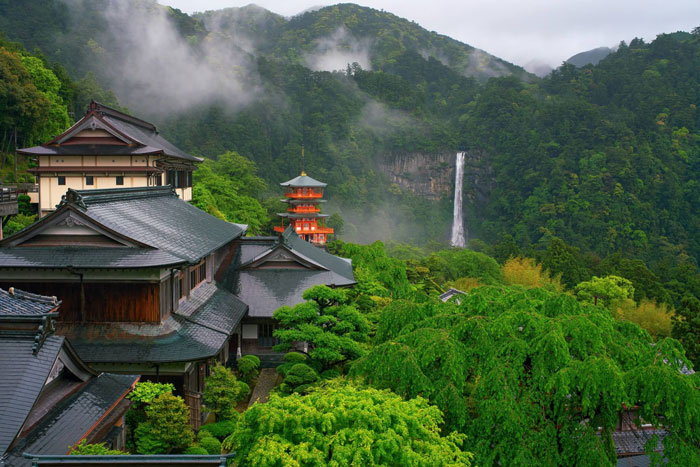
Food
Japanese cuisine is world-renowned for its diversity and quality. Savor sushi in Tokyo’s Tsukiji Market, indulge in Osaka’s street food like takoyaki, and try Kyoto’s kaiseki dining for a multi-course culinary adventure. Enjoy local treats such as Hiroshima’s okonomiyaki or Sapporo’s ramen. Each region boasts distinct flavors, guaranteeing a memorable gastronomic journey.
Efficient Transportation
Japan’s transport system is among the most efficient globally. Travel across the country seamlessly using the Shinkansen, Japan’s bullet train network. An 8-day Japan Rail Pass offers unlimited travel, ideal for visiting multiple cities and sites quickly. Use local trains and subways to navigate cities, significantly reducing travel downtime.
Safety
Japan ranks high in global safety indices, allowing travelers a worry-free experience. The country has low crime rates and is known for cleanliness and courtesy. Feel secure while exploring both urban and rural areas, whether day or night. This peace of mind enhances the overall travel experience.
High-Tech Wonders
Explore cutting-edge technology in cities like Tokyo and Osaka. Visit Akihabara for electronic gadgets and gaming culture, or experience robot restaurants for a unique dining adventure. Japan integrates advanced technology into daily life, providing a fascinating contrast to its traditional aspects.
Shopping
Japan offers diverse shopping experiences. From luxury brands in Tokyo’s Ginza district to unique handcrafted goods in Kyoto’s Higashiyama area, there’s something for everyone. Don’t miss Dotonbori in Osaka for vibrant shops and bustling street markets, perfect for souveniring.
Cultural Etiquette
Understanding Japanese etiquette enriches your travel experience. Bowing is a common greeting, shoes are removed before entering homes and many traditional inns (Ryokan), and tipping is not customary. Observing these customs shows respect and enhances your interactions with locals.
Conclusion
Japan’s diverse attractions, from cultural landmarks and natural beauty to its culinary delights and technological advancements, make it an ideal destination for an 8-day trip. The country’s efficient transportation system, safety, and respectful etiquette ensure a smooth and enjoyable travel experience.
Day 1: Arrival in Tokyo
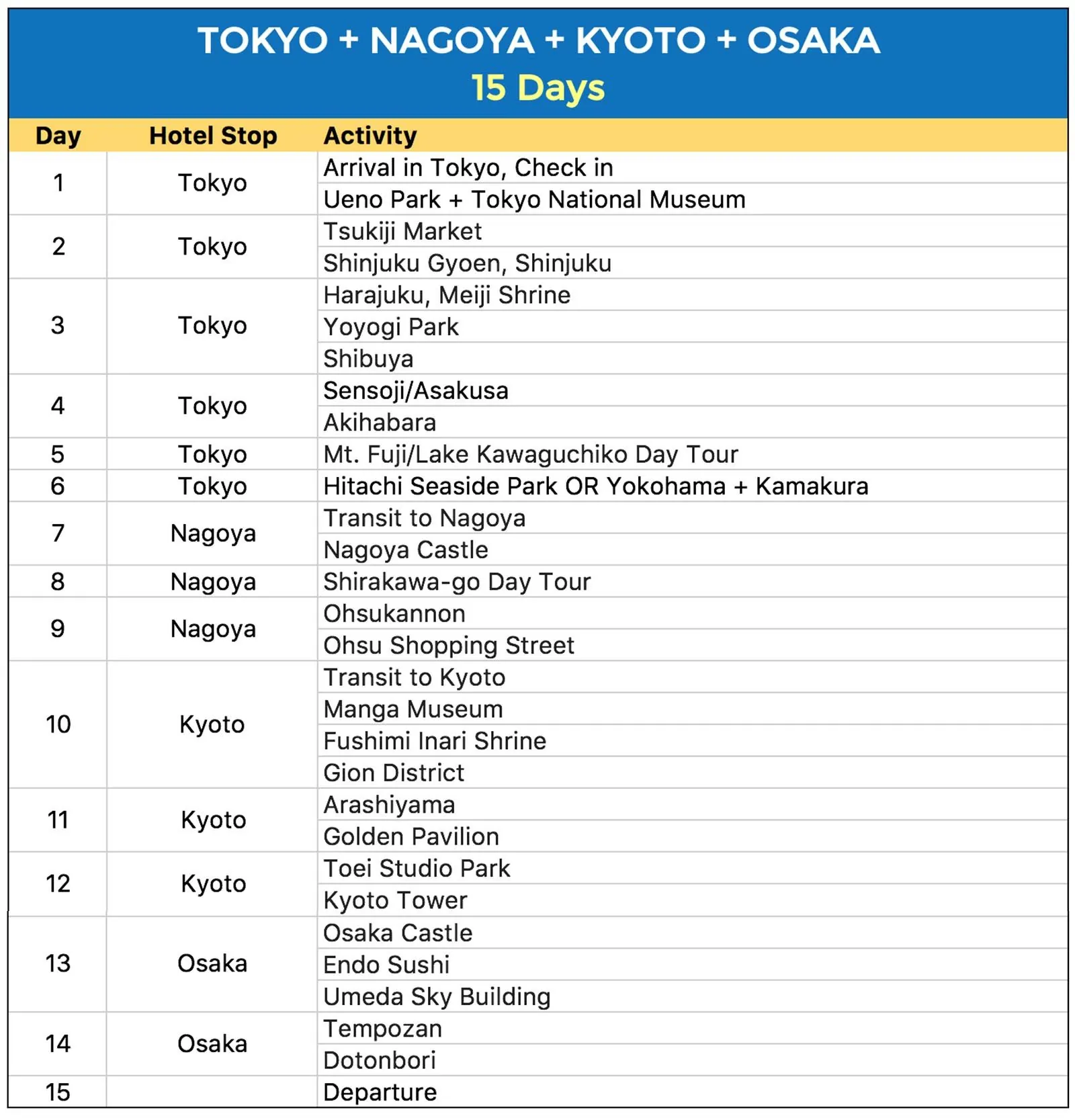
Landing at Narita Airport kicks off the adventure. From there, take the Keisei bus to Tokyo Station for just 1,000 YEN. After that, check in to a hotel in the Asakusa area and start exploring.
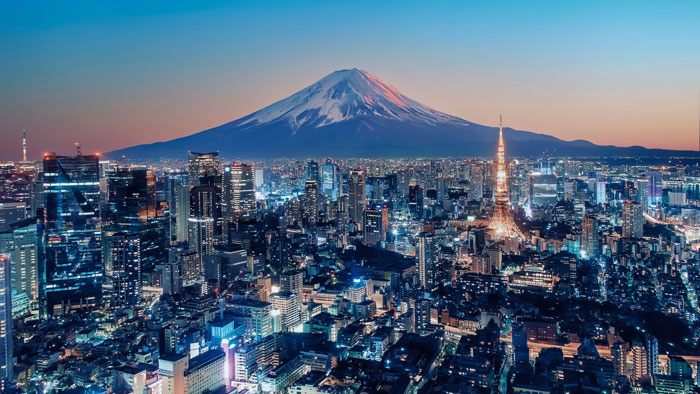
Best Places to Stay
Shinjuku
Shinjuku’s perfect for first-time visitors. It offers easy access to bullet trains, ideal for day trips and longer stays. Find budget, mid-range, and luxury hotels here.
Shibuya
Stay in Shibuya for vibrant nightlife and great shopping. It’s famous for the bustling Shibuya Crossing and numerous trendy boutiques.
Asakusa
Asakusa is rich in history and traditional architecture. It’s close to Ueno Park, Sensoji Shrine, and many authentic eateries. Hotels here are great for a traditional experience.
Must-Visit Attractions
Tokyo Station
Tokyo Station serves as a key transportation hub. It’s also architecturally impressive and houses numerous shops and eateries.
Sensoji Shrine
Sensoji Shrine, located in Asakusa, is Tokyo’s oldest temple. Its giant red paper lantern makes it iconic. Walk Nakamise Shopping Street for souvenirs and snacks.
Mt. Fuji
Take a day trip to Lake Kawaguchiko for stunning views of Mt. Fuji. Another great spot is Gotemba, known for its outlets and hot springs.
Disney Sea
Disney Sea offers unique attractions and is a must-visit for theme park enthusiasts. Enjoy themed areas, rides, and shows.
Day 2: Exploring Tokyo
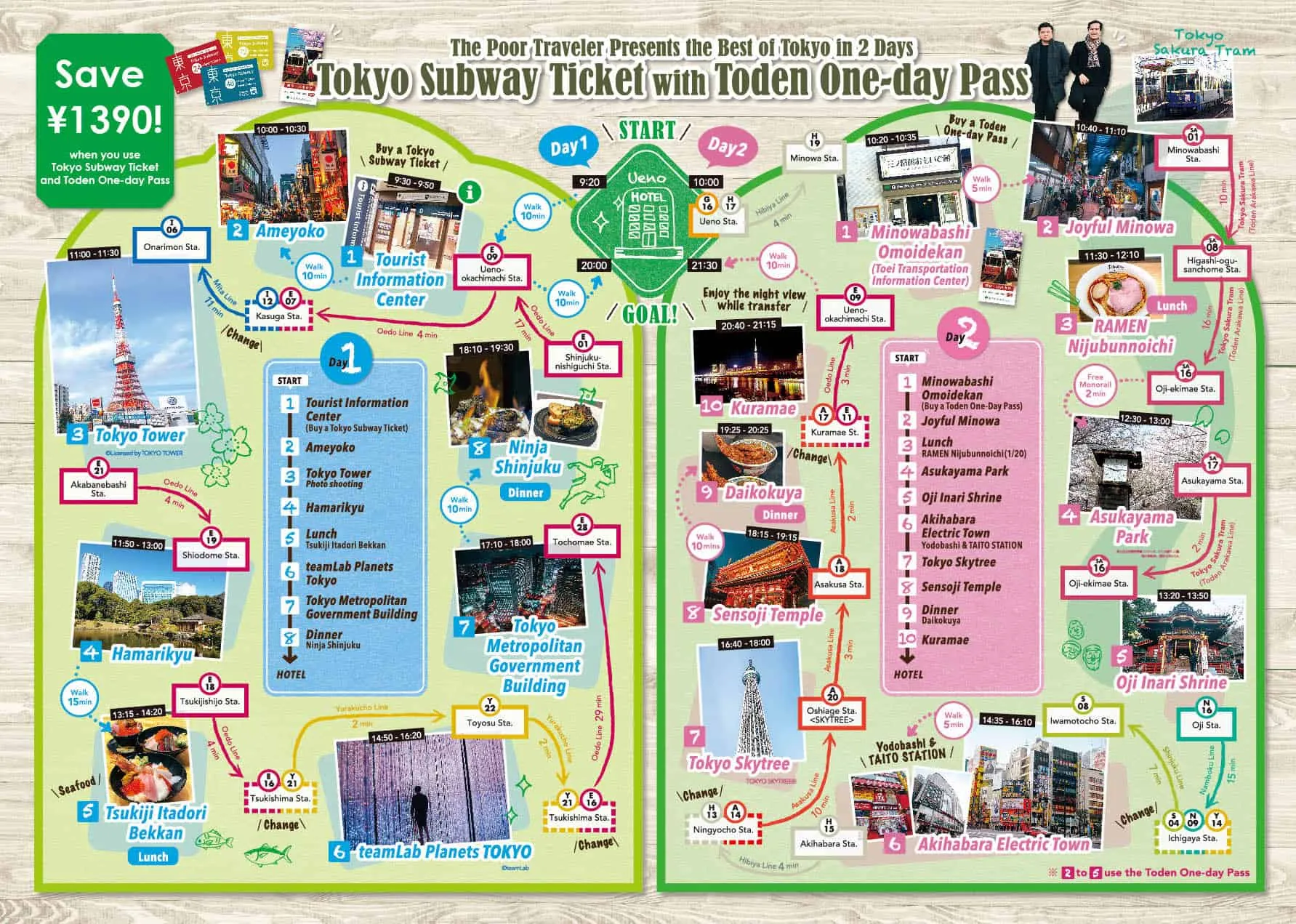
On the second day in Japan, explore the bustling city of Tokyo and its hidden gems. Begin early to make the most of this vibrant metropolis.
Breakfast
Start the day with breakfast at Mr. Donut, the only place open at 6 am. Enjoy freshly baked donuts and coffee to fuel up for the day’s adventures.
Shinjuku Station
Head to Shinjuku Station, one of the busiest transport hubs in the world. Wander through its maze of shops and eateries, and soak in the energetic atmosphere of Shinjuku.
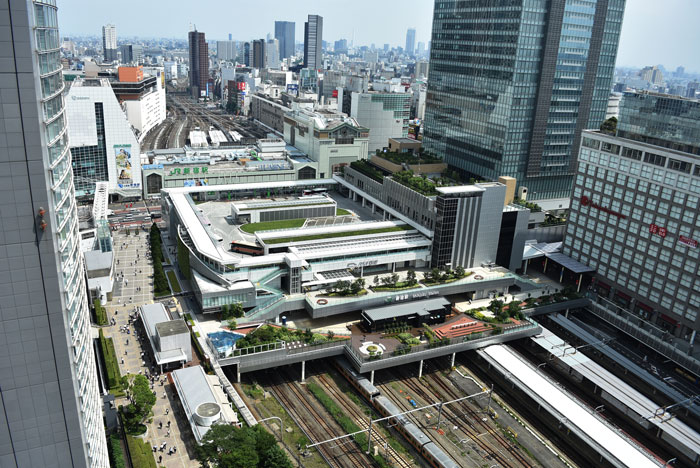
Metropolitan Government Building
Visit the Metropolitan Government Building for panoramic views of Tokyo. Take advantage of the free observation decks to get a bird’s-eye view of the city.
Lunch
For lunch, head to Coco Ichibanya in Shinjuku. This popular chain offers customizable curry dishes, a perfect meal to recharge.
Isetan Basement Food Hall
Next, visit the Isetan Basement Food Hall. This gourmet paradise in Shinjuku offers a wide variety of sushi, financiers, and other delicacies. It’s a great spot to grab a quick snack.
Don Quijote
Don’t miss a trip to Don Quijote, a must-visit dollar store. This multi-level shop sells everything from snacks to souvenirs, making it a fun place to explore.
Dinner
End the day with a delicious dinner at Zundou-ya Shinjuku Shop. Enjoy their renowned ramen, a comforting and flavorful way to conclude your exploration of Tokyo.
Top Cultural Experiences
Tokyo offers rich cultural experiences. Visit the Meiji Shrine, an iconic Shinto shrine surrounded by lush forests. It’s a peaceful retreat amid Tokyo’s urban hustle. Then, head to Sensoji Temple, Tokyo’s oldest temple and a major tourist attraction. Marvel at its magnificent architecture and participate in local customs.
Best Food Spots
Tokyo’s culinary scene is diverse and exciting. For breakfast, Mr. Donut is a delightful start. At lunch, Coco Ichibanya in Shinjuku is known for its customizable curry dishes. The Isetan Basement Food Hall offers a wide range of gourmet goodies; their sushi and financiers are crowd favorites. Dinner at Zundou-ya Shinjuku Shop provides an authentic ramen experience. Tokyo also boasts numerous street food options, from takoyaki to yakitori, perfect for a quick and tasty snack.
Day 3: Day Trip to Nikko
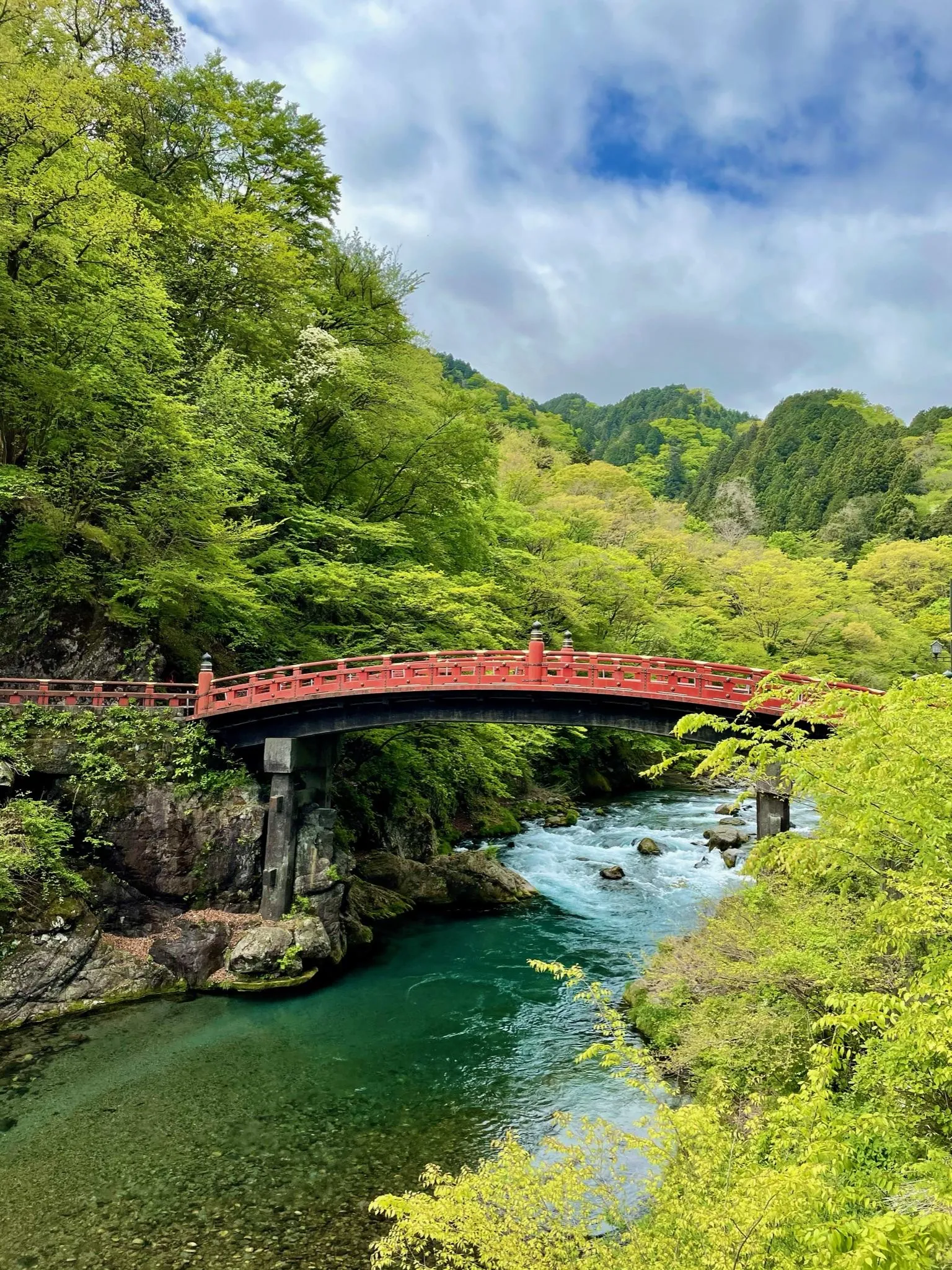
Day 3 takes you on a day trip to Nikko, a city renowned for its historical, cultural, and natural attractions. Here’s a guide to make the most out of your day.
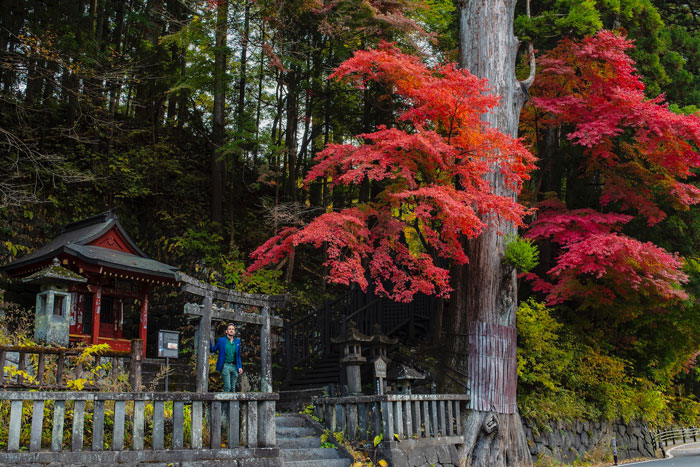
Key Attractions
- Tobu World Square: This outdoor theme park features miniature models of famous global landmarks and UNESCO World Heritage Sites. With over 100 replicas, intricate details captivate every visitor. Spend at least 1.5-2 hours here, and enjoy discounted entry with the Nikko Pass.
- Edo Wonderland Nikko Edomura: Experience Edo period Japan (1603-1867) in this cultural theme park. Engage in samurai and ninja performances, try ninja tricks, and craft Daruma dolls. It’s an immersive way to learn about Japan’s rich history.
- UNESCO Shrines of Nikko: The historic shrines, including Nikko Toshogu Shrine, Taiyuin Temple, and Nikkosan Rinnoji Temple, showcase stunning architecture and spiritual heritage. These sites offer a deep jump into Japan’s religious and cultural history.
- Lake Chuzenji and Kegon Falls: Explore the natural beauty of Nikko with scenic walks around this lake and the picturesque Kegon Falls. Enjoy the serenity and take advantage of the hot springs around the lake for a relaxing experience.
- Nikko Pass: Purchase the Nikko Pass for unlimited train and bus rides in the area, along with discounted entry to attractions like Tobu World Square. The pass saves both time and money, enhancing your travel experience.
- Travel Logistics: Depart early from Tokyo to make the most of your day. Trains from Asakusa Station to Tobu-Nikko Station take about 2 hours. Ensure to check schedules and plan accordingly.
- Local Cuisine: While in Nikko, try Yuba (tofu skin) dishes, a local specialty. Restaurants near the shrines and downtown offer various Yuba delicacies, providing a taste of regional cuisine.
- Weather Considerations: Nikko’s weather can be unpredictable. Pack layers to stay comfortable, and carry an umbrella. This preparation ensures you can enjoy the attractions regardless of the weather.
- Photography Spots: Don’t miss capturing the ornate details of Nikko Toshogu Shrine and the natural beauty of Kegon Falls. Early mornings offer the best light and fewer crowds, making for perfect photo opportunities.
Day 4: Tokyo to Kyoto

Day 4 of my Japan itinerary involves traveling from Tokyo to Kyoto, a city known for its rich cultural heritage. The journey is both efficient and scenic.
Transportation Options
From Tokyo to Kyoto, I recommend taking the Shinkansen (bullet train). Departing from Tokyo Station, the trip takes about 2.5 hours to reach Kyoto Station. The experience combines speed and convenience, allowing me to relax and enjoy the journey. Purchase tickets online or at the station, and consider getting a Japan Rail Pass if planning multiple train journeys. Reserved seats ensure comfort during peak travel times.
Exploring Kyoto’s Cultural Heritage

Kyoto offers a treasure trove of historical and cultural sites. On Day 5 and 6, I plan visits to key attractions:
- Kiyomizu-dera Temple: An early morning visit to this iconic temple avoids crowds and offers serene views.
- Sannensaka Path & Ninenzaka: These charming streets are perfect for a morning stroll with traditional architecture and shops.
- Yasaka Pagoda (Hokanji Temple): Known for its picturesque five-story pagoda, it makes for great photographs.
- Kodaiji Temple: This beautifully landscaped temple complex provides a tranquil escape.
- Hanami-koji Street: Famous for its traditional teahouses and Gion district ambiance.
- Philosopher’s Path: Especially magical during Cherry Blossom season, it’s ideal for reflective walks.
- Fushimi Inari Taisha: Visit early to enjoy the Torii gate pathways crowd-free.
- Tea Ceremony: Engage in a traditional tea ceremony to experience local culture intimately.
- Nishiki Market: Known as Kyoto’s pantry, it’s great for sampling local treats and shopping.
- Kinkaku-ji (Golden Pavilion): This dazzling temple is a must-see.
- Arashiyama Bamboo Forest: Wander through towering bamboo groves for a unique experience.
Kyoto’s cultural attractions are best explored early morning or late in the day to avoid crowds. I use Google Maps for easy navigation and to find bus stops and temples.
Day 5: Discovering Kyoto
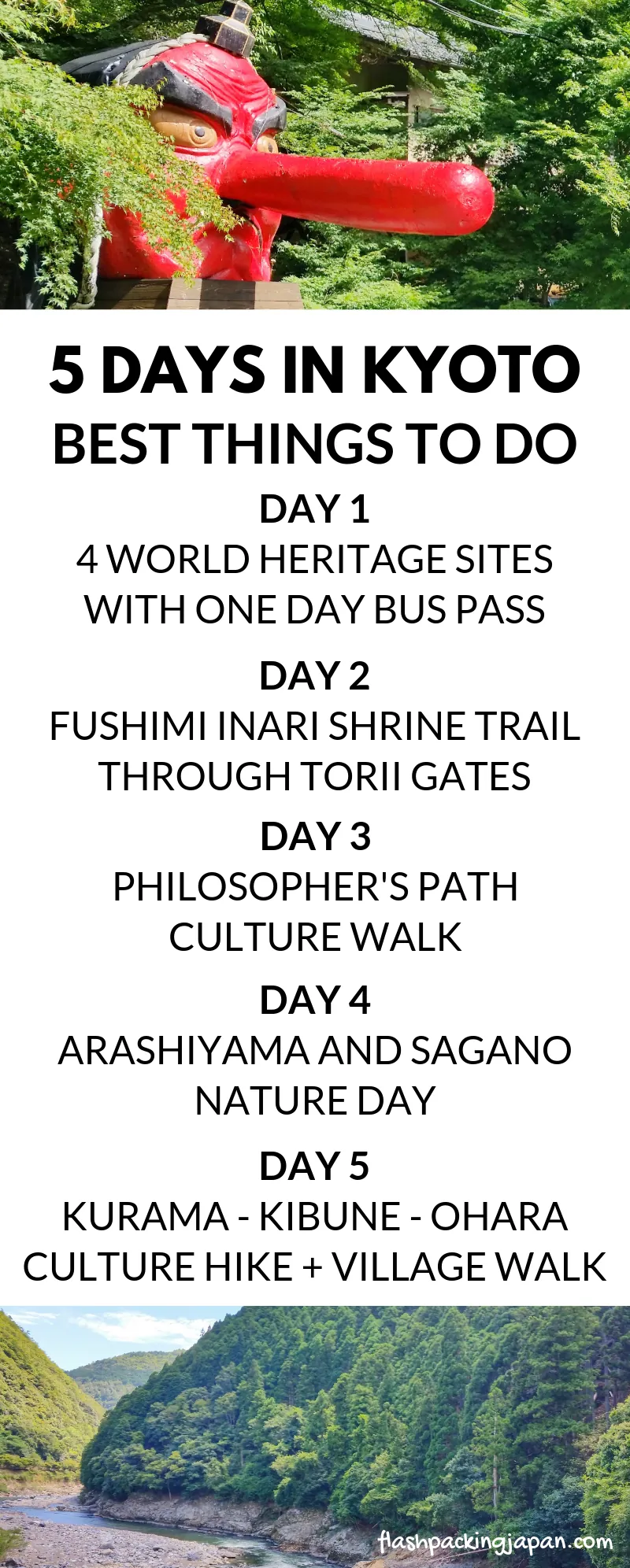
Kyoto brims with ancient beauty, blending temples, shrines, and traditional tea houses. Here’s a guide to making the most of your fifth day in Japan.
Temples and Shrines
Kyoto’s temples and shrines offer deep cultural immersion. I began with the Arashiyama Bamboo Forest, one of Kyoto’s most photographed spots. Arriving there is easy with an Uber or train ride to Arashiyama, followed by a short walk.
The Tenryu-Ji Temple lies next to the bamboo forest. Designated a UNESCO World Heritage Site, it exemplifies classic Zen Buddhism architecture. I spent time exploring its serene gardens, which date back to the 14th century.
Next, I headed to the Nishiki Market, known as Kyoto’s Kitchen. The market is a culinary hub, where you can sample foods like yudofu (tofu hot pot) and purchase unique souvenirs. The bustling atmosphere and variety of stalls made it an ideal midday activity.
In the afternoon, I visited the Kiyomizudera Temple. Famous for its wooden stage that juts out over the hillside, it offered breathtaking views of Kyoto. The temple is also a UNESCO World Heritage Site and has a history dating back to 778 AD. Walking through its grounds provided historical context and panoramic vistas of the city.
Traditional Tea Houses
Kyoto’s traditional tea houses offer an authentic cultural experience. In the evening, I experienced a Traditional Tea Ceremony at En Tea House. The ceremony perfectly blended aesthetics and tranquility.
En Tea House is famous for its serene setting and attention to detail. The tea master demonstrated the meticulous process of preparing matcha (green tea) while explaining the history and cultural significance of each step. The ceremony included seasonal sweet treats, harmonizing flavors with the bitter tea.
Participating in the tea ceremony enriched my understanding of Japanese customs and offered a meditative respite. The ambiance fostered relaxation, allowing me to fully immerse myself in the moment. For anyone visiting Kyoto, attending a traditional tea ceremony is a must for a complete cultural experience.
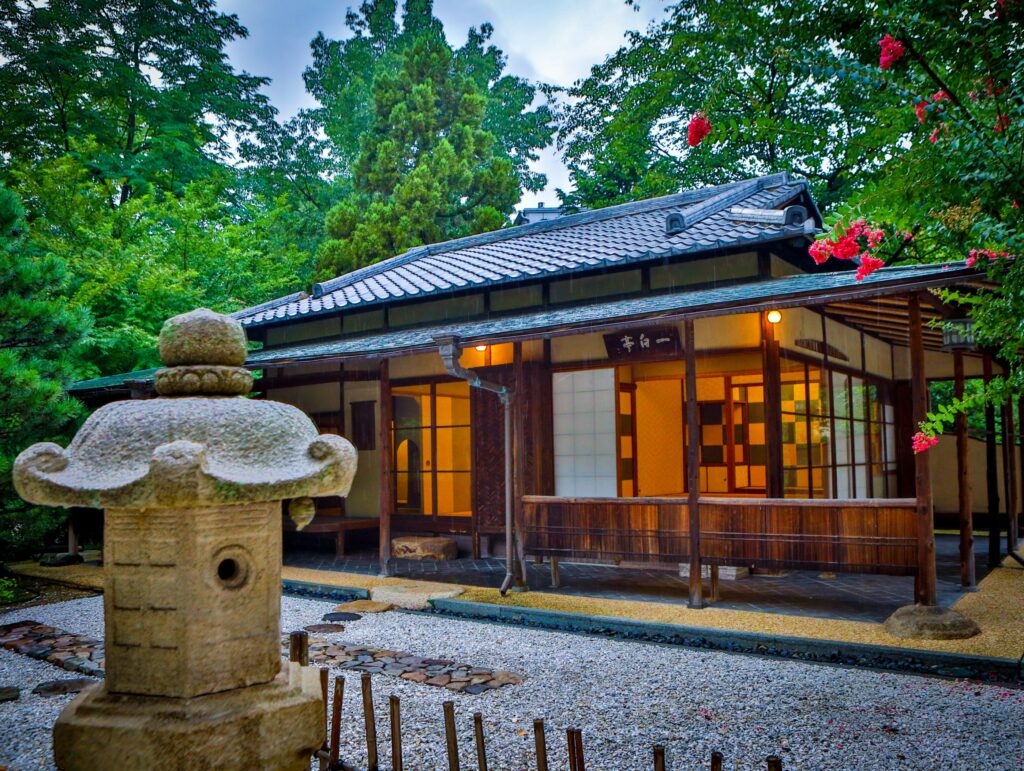
Day 6: Day Trip to Nara
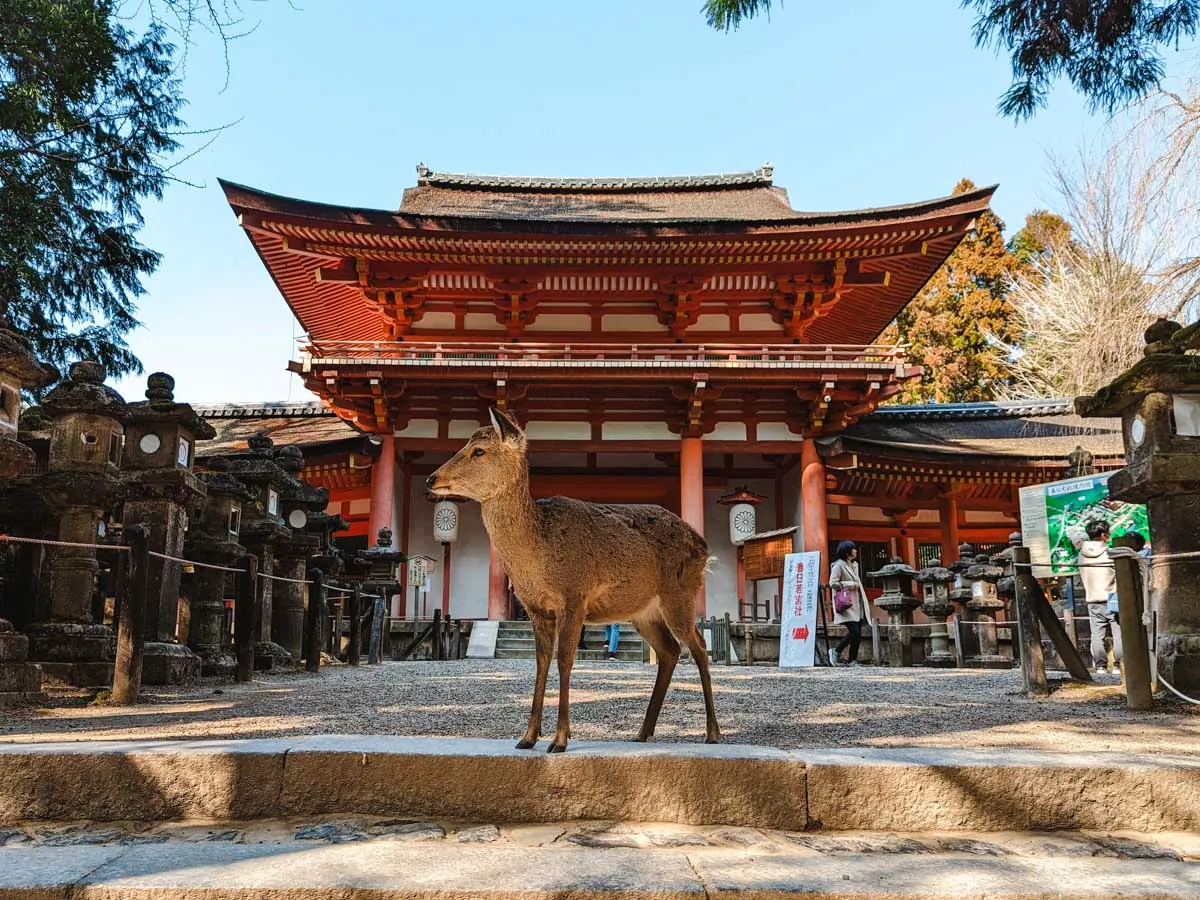
Day 6 in Japan takes us to Nara, a city rich in history and culture. The journey promises a mix of ancient temples, treasured artifacts, and unique culinary experiences.
Iconic Sites
The day begins with a visit to Kofuku-ji Temple, a UNESCO World Heritage site. Located just a 5-minute walk from Kintetsu Nara Station, Kofuku-ji is an excellent starting point. The temple’s National Treasure Museum houses an impressive collection of Buddhist art, perfect for anyone interested in religious artifacts and history. Don’t miss the Octagonal Hall, a key site on the Saigoku Kannon Pilgrimage.
In the afternoon, explore the Todai-ji Temple complex, established in the 8th century. I recommend taking a private tour for an in-depth look at its history. The Great South Gate guards the entrance with two imposing wooden statues, setting the stage for the grandeur inside. The centerpiece is the Great Buddha Hall, home to the tallest seated Buddha in Japan, towering at nearly 15 meters. Each moment in Todai-ji offers a deeper understanding of Japan’s Buddhist past.
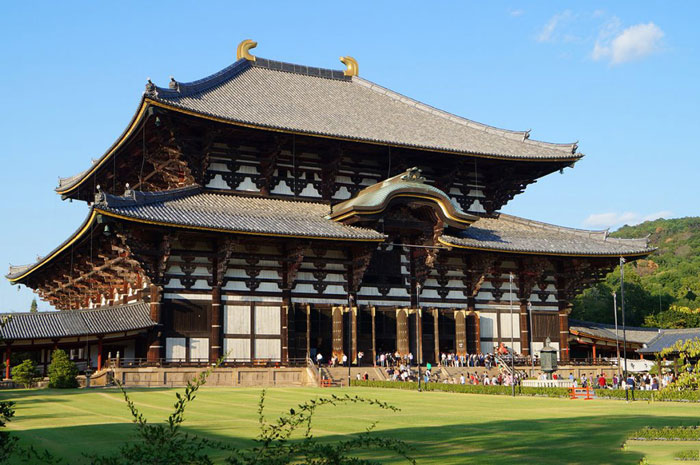
Local Cuisine
Nara’s local cuisine is another highlight of the day. For lunch, I suggest trying Kaki no Ha Sushi, a type of pressed sushi wrapped in persimmon leaves. This dish, available at local specialty restaurants, offers a unique twist on traditional sushi. Another must-try is Miwa Somen, thin wheat noodles served cold—perfect for a refreshing break during the day.
In the afternoon, treat yourself to Kuzu Mochi from one of Nara’s traditional sweet shops. This jelly-like dessert made from arrowroot is a local favorite. Pair it with matcha tea for a true taste of Nara’s culinary heritage. Finally, I recommend ending the day with dinner at an Izakaya near the station. These Japanese-style pubs offer a variety of small dishes, perfect for sampling Nara’s rich flavors in a casual setting.
Nara’s blend of history and cuisine makes it an unforgettable part of any Japan itinerary.
Day 7: Kyoto to Osaka
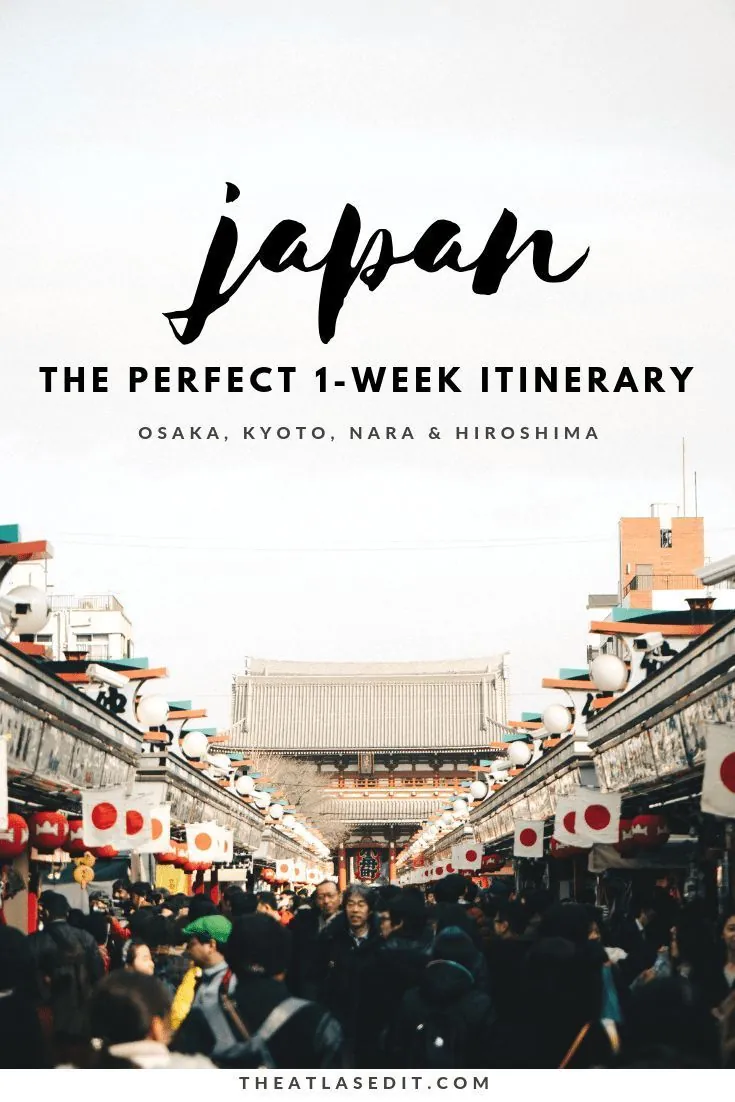
Traveling from Kyoto to Osaka by train takes about 1 hour. This time-efficient journey offers a quick transition between two of Japan’s most vibrant cities.
Highlights of Osaka
Start your exploration at the Osaka Museum of Housing and Living. This museum recreates Edo-era streets and houses, offering a unique glimpse into Japan’s past. Next, head to Osaka Castle. This iconic structure is known for its historical significance and beautiful grounds. Stroll through the castle park and absorb the history.
A visit to the bustling Kuromon Market is a must. Known for its lively atmosphere, this market offers an array of food stalls selling everything from wagyu beef and fresh seafood to Michelin-rated takoyaki. Spend a few hours here sampling different foods and soaking in the local culture.
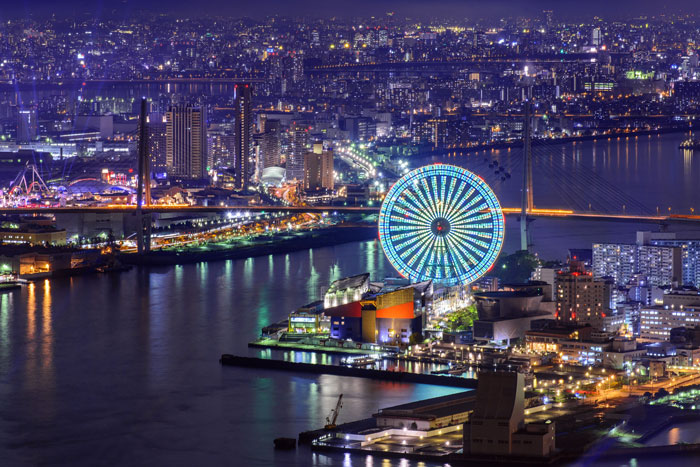
Unique Culinary Experiences
For a hands-on experience, participate in a Ramen Factory Cooking Experience. Learn to make Japanese-style noodles from scratch. This activity not only provides a memorable culinary experience but also gives you practical skills you can use at home.
Take part in a Sushi Making Class. Here, you’ll learn the art of creating nigiri and inventive rolls. These classes are usually taught by skilled chefs, ensuring you receive expert guidance.
Enjoying these culinary experiences in Osaka is an excellent way to deepen your appreciation for Japanese cuisine and culture. Make sure to savor every moment and dish.
Day 8: Departure from Osaka
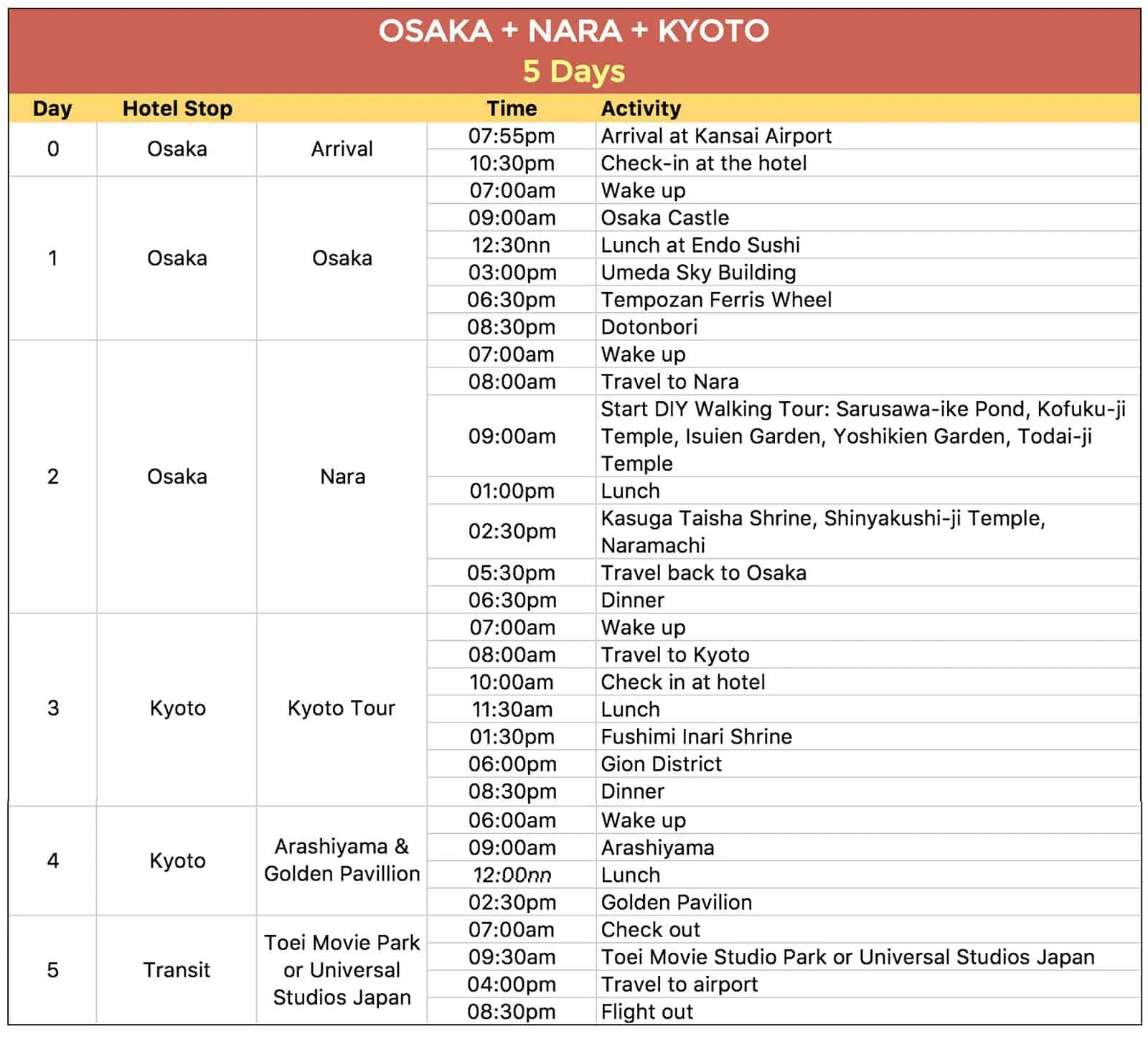
Day 8 marks the end of my journey through Japan. Before heading to the airport, I took advantage of the morning for some last-minute activities and preparations.
Last-Minute Shopping
Osaka’s shopping scene is vast, offering everything from high-end fashion to quirky souvenirs. I headed to Shinsaibashi-suji Shopping Street, a bustling area with over 180 stores. Here, I found unique gifts like traditional Japanese fans and Kyoto ceramics.
Namba Parks is another great spot for shopping, featuring a mix of local boutiques and international brands. I picked up some skincare products at a well-known Japanese cosmetic store during my visit. Nearby, Amerikamura offers vintage shops where you can find trendy clothing and accessories.
I also checked out DAISO in Namba City Mall, a popular 100-yen shop perfect for budget-friendly last-minute buys. Items like Japanese snacks, stationery, and kitchenware make excellent souvenirs.
Final Travel Tips
Leaving Japan smoothly requires a few steps and considerations. Transportation is key. I booked a train from Namba Station to Kansai International Airport using my JR Pass, which simplified the process. The Rapid Train gets me to the airport in about 38 minutes.
When packing, I organized my purchases to avoid excess baggage charges. Japan’s strict recycling rules mean sorting waste into categories — something to keep in mind disposing of any packaging.
Knowing when to get to the airport is crucial. I aimed to arrive at least 3 hours before my flight to allow time for check-in, security screening, and a bit of duty-free shopping. Kansai International’s duty-free shops offer tax-free deals on electronics, cosmetics, and local specialties, so I grabbed some last-minute gifts here too.
Finally, I ensured I had my essential documents handy — passport, boarding pass, and any receipts for duty-free items purchased during my stay. This preparation made my departure seamless, wrapping up an unforgettable journey through Japan.
Conclusion
My 8-day adventure in Japan was an unforgettable experience filled with vibrant cities, rich culture, and mouth-watering cuisine. From the bustling streets of Tokyo to the historic temples of Kyoto and the lively atmosphere of Osaka, each day offered something unique. The JR Pass was invaluable for seamless travel between cities, and careful planning ensured I made the most of my time.
Packing efficiently and understanding local customs, like Japan’s recycling rules, made my trip smoother. Shopping in Osaka’s diverse districts added a special touch to my final day. As I departed from Kansai International Airport, the duty-free shopping was a perfect way to wrap up my journey.
Japan’s blend of tradition and modernity left a lasting impression on me. Whether you’re a first-time visitor or a seasoned traveler, this itinerary offers a comprehensive and enriching experience. I can’t wait to return and explore even more of this incredible country.
Frequently Asked Questions
What are the best places for last-minute shopping in Osaka?
For last-minute shopping in Osaka, consider visiting Shinsaibashi-suji Shopping Street, Namba Parks, and Amerikamura. These spots offer a variety of unique gifts and souvenirs.
Where can I find budget-friendly shopping options in Osaka?
DAISO in Namba City Mall is an excellent place for budget-friendly shopping. It offers a wide range of items at affordable prices.
What transportation method is recommended for getting to Kansai International Airport?
Using a JR Pass for the Rapid Train to Kansai International Airport is recommended for convenience and efficiency.
Why is it important to follow Japan’s recycling rules when departing?
Japan has strict recycling regulations to ensure environmental sustainability. Following these rules is necessary to respect local customs and avoid fines.
What final travel tips should be considered when leaving Japan?
Ensure efficient packing to avoid excess baggage charges and arrive at the airport early to allow ample time for check-in and security procedures.
Are there duty-free shopping opportunities at Kansai International Airport?
Yes, Kansai International Airport offers extensive duty-free shopping, providing an opportunity to purchase items at lower prices before departing Japan.

